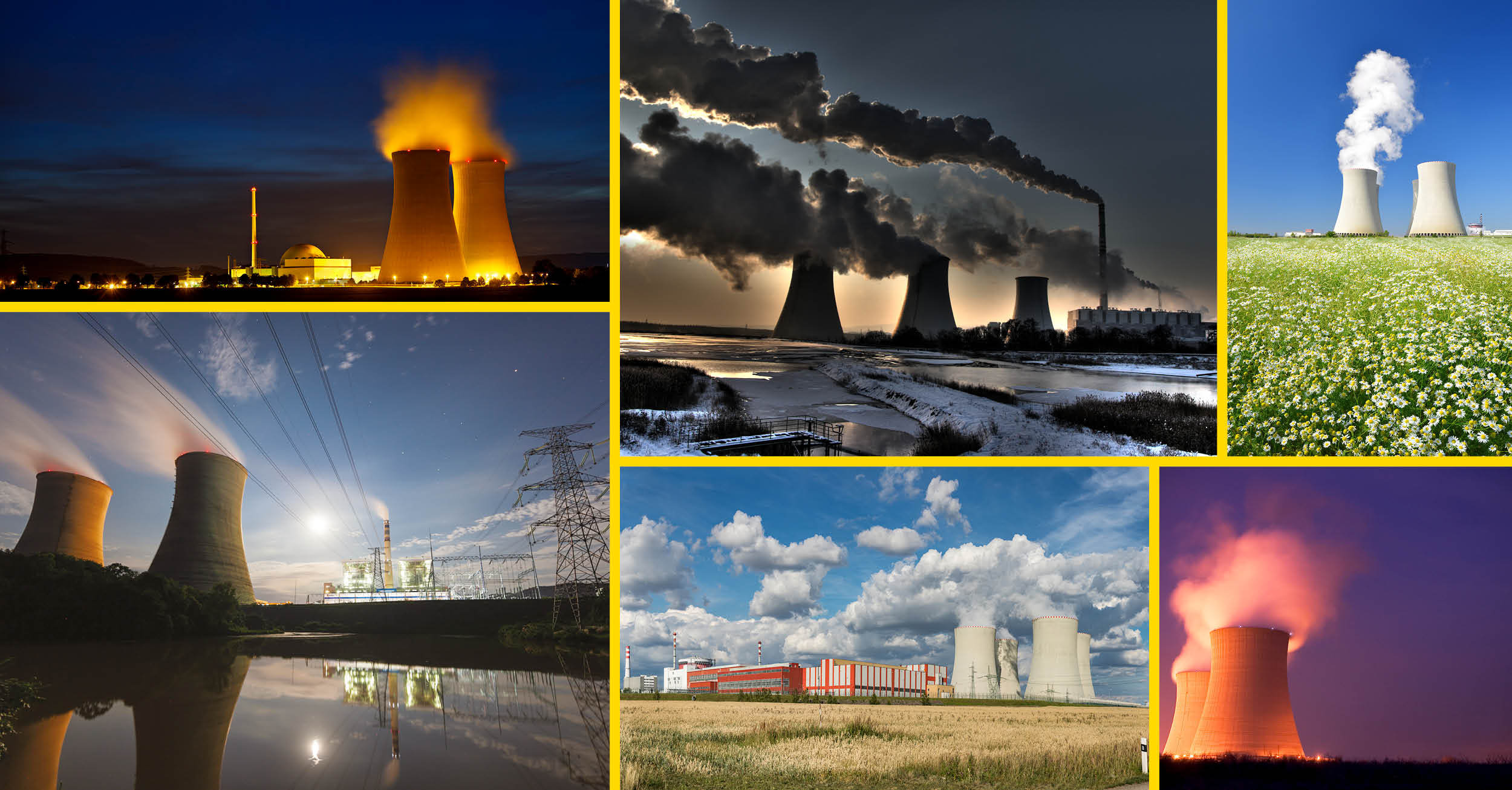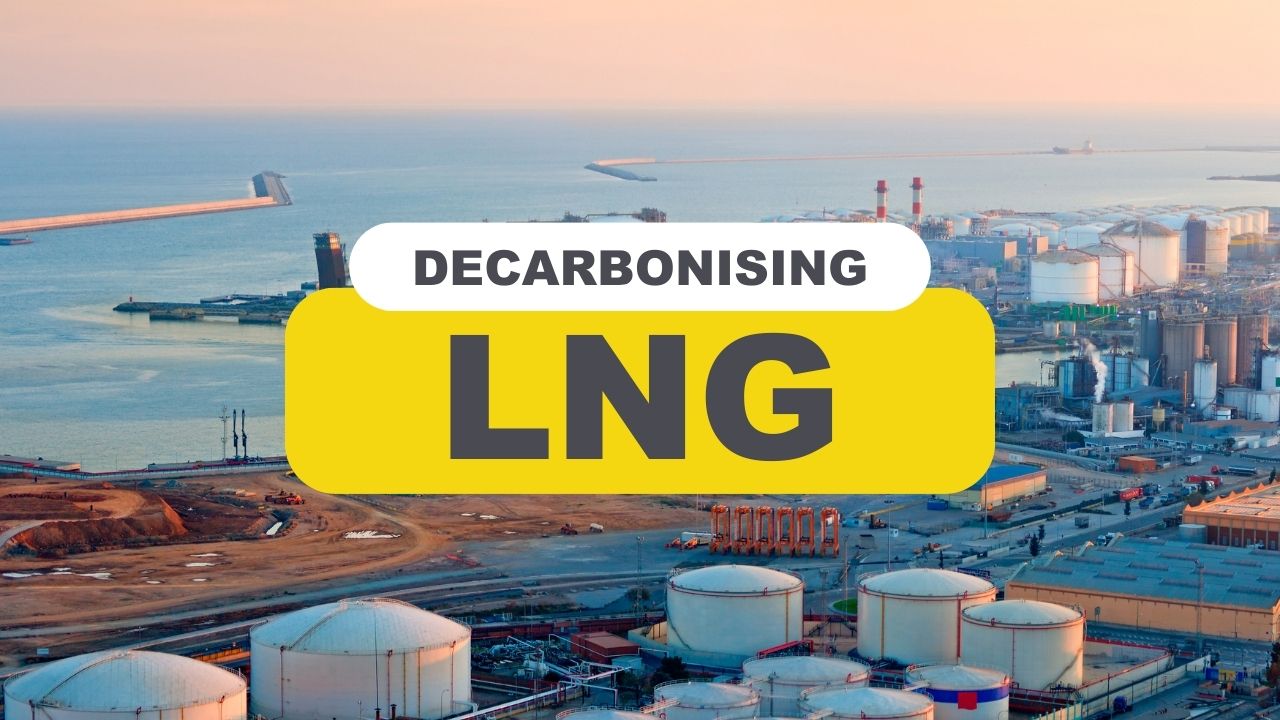Building A Lower Carbon Future – Carbon Capture
10 Dec, 20203:42It’s no secret that the rising levels of carbon in the atmosphere have severe impacts on Glo...

It’s no secret that the rising levels of carbon in the atmosphere have severe impacts on Global Warming. To lessen carbon’s impact, the Intergovernmental Panel on Climate Change (IPCC) has stated that emissions must be reduced by 50 to 80 percent by 2050. One way of doing so is the introduction and continued innovation of Carbon Capture technology within the Energy Industry.
But how much can carbon capture really affect the trajectory of our growing climate crisis, and will it be the building blocks for a low carbon future?
How does carbon capture technology work?
Carbon capture and storage is a technology that can capture up to 90% of the carbon dioxide emissions produced from the use of fossil fuels in electricity generation and industrial processes, preventing the carbon dioxide from entering the atmosphere.
Once the CO2 has been captured, it is compressed into a liquid state and transported by pipeline, ship, or road tanker. CO2 can then be pumped underground, usually at depths of 1km or more, and stored into depleted oil and gas reservoirs, coalbeds or saltbeds. Deep underground, where traditional energy sources originate from, the CO2 can no longer contribute to Global Warming.
But there are plenty of other uses for carbon capture technology.
How is carbon capture technology being used?
CO2 could also be used to produce commercial products. The most well-known form of this is enhanced oil recovery, where CO2 is injected into oil and gas reservoirs to increase their extraction
Other forms of CO2 utilisation are under investigation. These include using CO2 in concrete or plastic materials or converting it into biomass, which would see CO2 fed to algae, which are then harvested and processed into biofuel for transport.
Beyond this, carbon capture could also be utilised to carbonate fizzy drinks, make plastics and grown greenhouse plants.
Which countries are leading the way with carbon capture?
Carbon capture usage and storage (CCUS) is still a new and emerging technology, meaning there aren’t many projects globally. Some of the early adopters are China, Norway, Canada, and the US.
In 2019, five new CCUS-equipped power plants were announced across the world, primarily due to new investment incentives in the US, bringing the total to 14 power plants in development globally.
According to the Global CCS Institute, existing CCUS installations have the capacity to capture about 31 million tonnes of CO2 per year
Over in the UK, the Government recently stated that by 2025 it will phase out ‘unabated coal’ – coal burnt in power plants not fitted with CCS, while a Conservative Party Manifesto pledge during the 2019 General Election was to allocate £800m of capital funding to CCUS projects.
Early-stage projects are currently being developed in Aberdeen and near the Humber estuary which will see the UK take further steps into reducing carbon emissions.
Carbon capture technology projects to watch
Despite carbon capture technology being in its infancy, there are a few key projects to watch.
HyNet in the North West of the UK
Led by Cadent Gas and Progressive Energy alongside a consortium of other energy companies and advisors, HyNet in the North West of the UK is looking at hydrogen production, alongside the storage of CO2 in the naturally formed salt caverns of Cheshire. HyNet would see the creation of a hydrogen pipeline by 2025, in hand with the development of CCUS infrastructure. The consortium behind HyNet has said the overall cost would by £900m, in a mix of Government and private sector investment
Oxy Low Carbon Ventures in the US
Oxy Low Carbon Ventures – a subsidiary of oil company Occidental, and French energy company Total, have announced a carbon capture project at an industrial cement plant in the US. The project would target capturing 725,000 metric tons of carbon per year at the Holcim Portland cement plant in Colorado so that Oxy could buy the CO2 and use it for enhanced oil recovery at its wells in Colorado or West Texas
Can carbon capture really make a difference?
According to the International Energy Agency, CCUS is essential to reducing global CO2 emissions and estimates CCUS projects could decrease CO2 by a fifth. In doing so, the cost of stopping and preventing Global Warming could be reduced by as much as 70%. This would make a huge difference to industries that would take on the vast expense of adapting to run on cleaner energy and make a lower carbon future more attainable.
Developing CCUS will also support the growth of hydrogen as a fuel source. Hydrogen is classed as a clean-burning gas and its adoption as an energy source will drastically reduce our CO2 emissions. But the most cost-effective way to produce Hydrogen is from fossil fuels which still produces some CO2 emissions - without any carbon capture being used carbon emissions would still be released into the atmosphere.
Another way to make hydrogen is by splitting water molecules into hydrogen and oxygen gases but this is a more expensive option. This method creates green hydrogen.
In the UK, blue hydrogen (hydrogen made in hand with CCUS) is expected to play an important role in the decarbonisation journey and National Grid has predicted that carbon emissions from the UK’s electricity system could become negative by 2033 if carbon capture technology is fully utilised.
NES Fircroft and supporting the energy industry
At NES Fircroft, we’re excited to see how the energy industry is transforming and adapting to new energy sources. Our depth of expertise in the sector spans 50 years and in that time, we’ve supported thousands of innovative and cutting-edge projects, as they powered the progression of the energy industry.
If you’re looking for skilled personnel, NES Fircroft is proud to be the world’s leading engineering staffing provider. With over 100 offices in 45 countries, we provide tailored staffing solutions, sourced from a global talent pool by a dedicated, discipline specific team of consultants.
We work on some of the most exciting energy projects globally, meaning we have plenty of job opportunities for engineers looking to enhance their energy careers.











